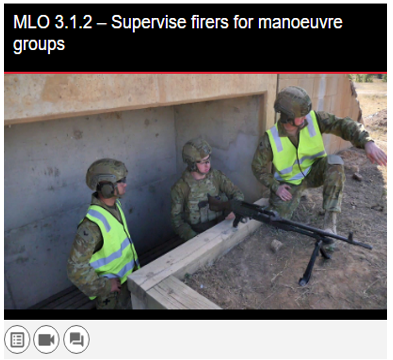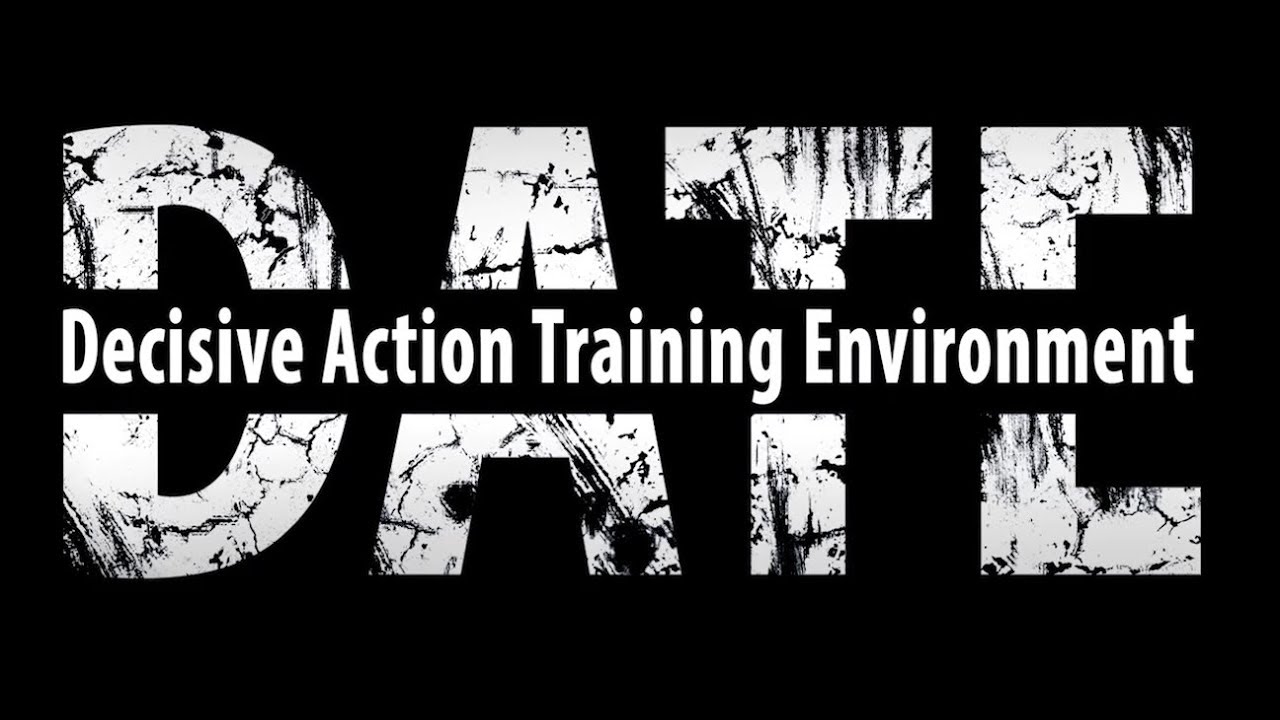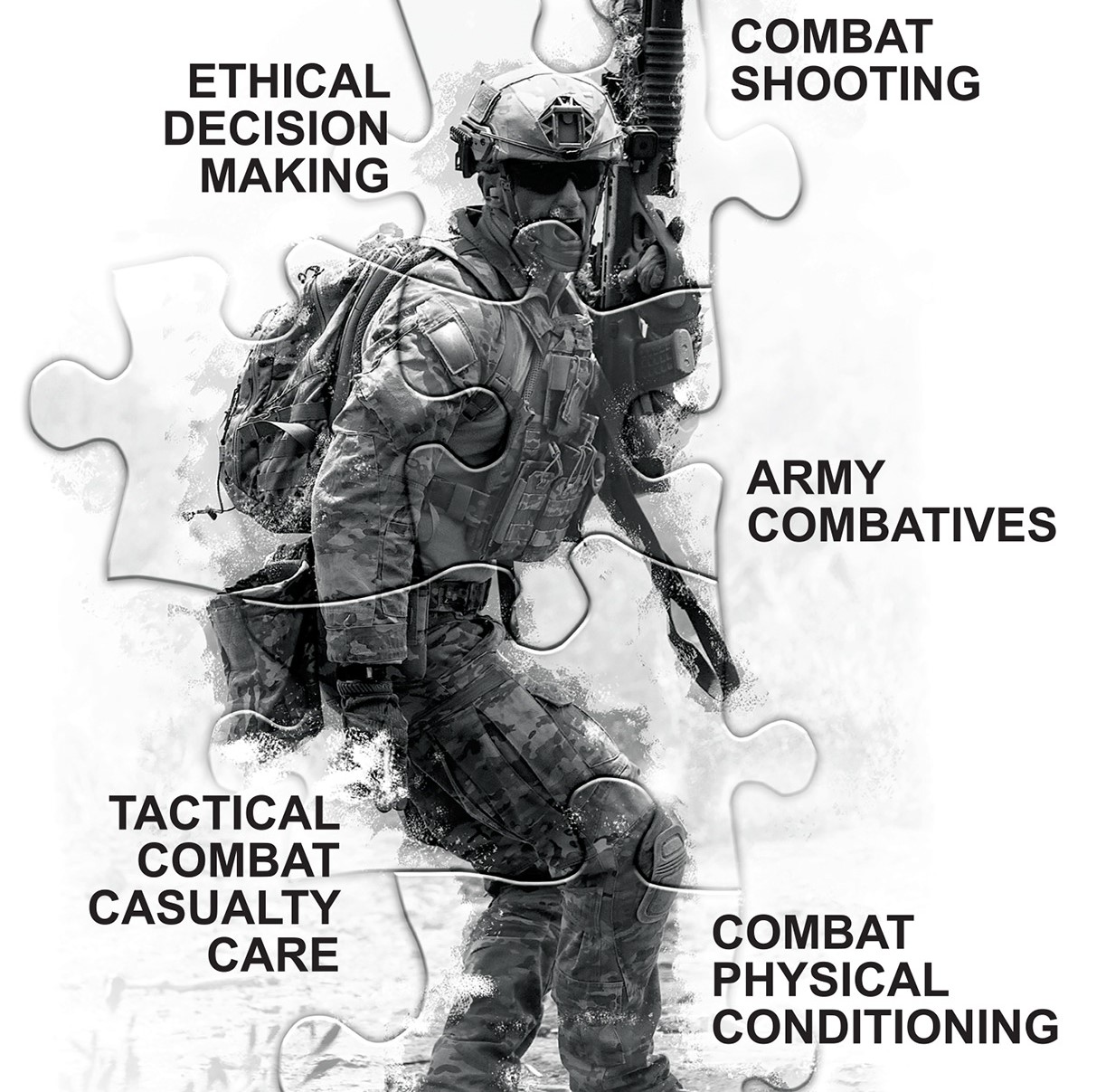The Australian Army needs a ‘Training Transformation’. Our current training system largely follows a formula of receiving instructor-led teachings in a classroom-based environment, demonstrating some practical application of newly acquired knowledge and, having progressed through a pre-determined Learning Management Plan, being deemed competent or otherwise to apply this knowledge in the workplace. Too much of our training is still delivered by large, centrally planned and run residential courses that take soldiers away from their units and families for prolonged periods. Residential training will always have its place but it must be a well-designed component of the training system, not the system in its entirety. While this approach has served the Army well for many years, it is showing its age. It’s a steam-driven, mid-20th Century approach to training that no longer allows us to embrace the full potential of learning technology available to assist trainees or to exploit the full potential of our people to absorb education and training. It needs a radical overhaul if we are to contend with a number of key drivers:
- Army’s step change capabilities demand a revised approach to training. These capabilities, enabling Army to generate effects not just on the Land, but increasingly in the air (Air and missile defence), Sea (Land-based, anti-ship missiles), cyber (force level cyber and EW) and in space, place Army in the unique position of providing persistent, cross-domain options to the joint force. They will not be realized with a ‘business as usual’ approach to training. The Army Training System needs to be better prioritised to develop, test and evaluate the concepts and structures that support these step-change capabilities and Army’s rapidly changing contribution to the joint force. Moreover, the effective synchronisation and application of the range of capabilities within the joint force requires multiple iterations of training if we are to understand, apply and adapt their application to best contend with an Accelerated Warfare environment. A wider embrace of technology and simulation in training will be essential if we are to ‘learn at speed’ and deliver Army’s step-change capabilities.
- Accelerated Warfare demands we take a more flexible and wide-ranging approach to training. Former Australian Rugby coach Eddie Jones still attracts mixed reviews, but one of his great strengths was to implore his players and prepare his teams to ‘play what’s in front of you’ as opposed to conforming to a pre-determined game plan or script. An Accelerated Warfare environment demands that our training system focus on the same principle through an 'always on’, ‘continual learning’ approach to training to instill, develop and refresh in our people the skills and knowledge to understand and adapt as circumstances dictate. The requirement for constant professional education will empower soldiers to take command of their ability to gain professional mastery but these methods, often self-driven and self-paced, will challenge our traditional approaches to learning.
- The skills and knowledge we’ll increasingly require in Army’s people are also in high demand in other sectors of the workforce. If we are to attract, train and grow the people and teams to meet the demands of Accelerated Warfare, we’d better make sure we’ve got a training system that represents best practice and helps them realise their potential…or they’ll seek employment in other professions that more readily deliver on their needs.
- Training can’t be a ‘set and forget’ prospect. People need ongoing training at the ‘point of need’ and our training needs to be more focused on enabling the best possible ‘learning outcome’ rather than simply ‘delivering a course’. Despite our best efforts at communicating last year’s changes in Land Range Safety doctrine, we know that not everyone was able to understand and apply those changes in a practical sense in their workplace. We’re also seeing a spike in injuries from the Army Combatives Program, possibly because Army’s approach to training was not flexible and robust enough to contend with skill fade and the disruption of a posting cycle. We owe our people more in helping them learn, retain and apply the knowledge gained through a more sustained and diverse approach to training and education.
There are already a number of initiatives in place that are beginning to transform our training in Army.
More Work to be Done We’ve got plenty to do to take our training transformation beyond words to deliver a tangible, 21st Century training outcome. A vision without resources is a hallucination, and it’s important that we focus beyond words and deliver meaningful outcomes in this endeavor. This is what we’re doing to realise our Training Transformation:
- We’ll develop a submission for an Army Training Transformation Program in the next Defence White Paper / Integrated Investment Plan (IIP). Army’s Combatant Training System needs a sustained funding line, a tighter and more responsive partnership with industry and a closer relationship with key partners in E&IG, CIOG and DSTG. An IIP project should underpin and coordinate these critical functions and resources.
- We’ll apply our evaluation and lessons learned from our Land Range Safety initiatives more broadly across other training areas. The 21st century approach to training and learning we’re seeing delivered through an engaged and responsive industry partner are fertile ground for a broader, deeper training transformation across Army. Our Five Eyes partners are on a similar journey to us, and we’ll continue to learn from them in the ABCANZ program and through our extensive liaison officer networks.
- We’ll review what we’re asking of our military instructors in light of a training transformation. We need to move past the concept of the instructor-led, classroom based traditional methods of instruction and help our instructors become creative and engaging teachers, coaches, mentors and facilitators, delivering better learning outcomes not only in residential courses, but increasingly at the point of need in unit locations. We owe our instructors a more comprehensive program of development if we’re serious about them meeting these requirements. We won’t be asking them to do more – we’ll be giving them the skills to do things differently.
- We’re working closely with Head Land Capability to ensure that part of our training is directed towards testing, evaluating, trialing and fielding the step change capabilities and concepts that promise to give Army a unique position within the joint force. Creating the capacity for Army to transform is an essential pre-condition for a wider training transformation.
- Our cooperation with E&IG and CIOG to ensure that the development of our training areas and information technology systems to support a training transformation is good. Similarly, we’re working much closer with our partners in DSTG to drag the future towards us; to realize the benefits of cutting edge research more quickly at the sharp end. Just as Army never fights alone in an ADF sense, we need to work closely with our partner groups to ensure we’re prioritising, funding and implementing the infrastructure and practices we need to deliver a 21st century approach to training.
A ‘business as usual’ approach to our training will not successfully land the Army we need for an Accelerated Warfare environment, nor will it realize the potential afforded by a number of step change capabilities being brought into service in the near future. There’s a ‘training transformation’ required.















I was involved in the last major reforms that the Army training system went through. These occurred in the mid 1990s and my role was to introduce the ATS-94 training system - a combination of the extant Systems Approach to Training (SAT) and the emerging civilian VET system. Fortunately Army had already been on the front foot when it came to systematically creating a level of individual and collective competence commensurate with the needs of all functions across all levels. This, in fact, was the model upon which the civilian VET system was created (believe it or not). However, one of the major issues confronted today is that so much of the system was taken over by educationalists who were not always familiar with the difference between teaching and training. And, yes, there are major difference. Hence today one of the main failings with the Army training system is that it is too education focussed. That needs to change.
Bringing the Army training system back to first principles may seem to be a horrendously large challenge, but in reality it is not. The basic framework is there, encapsulated in the current training instructions. Fold these together under the emerging visions for the Future Ready Training System and Army in Motion and the battle will be half won.
and I am interested in technical education, could you please send
me a information pack to study.? I am interested in
process and control engineering, automation,
awaiting your reply. thank you. nathan kenyon
Our site is focussed on developing and publishing Educational Content and is not connected with recruitment.
We recommend that you reach out to the DVA, or the Defence Public General Enquiries Switchboard on 1300 333 362, as they should be able to assist with your enquiry. Their contact details can be found at https://www.defence.gov.au/about/contact-us
We wish you all the best.
Regards,
The Cove Team